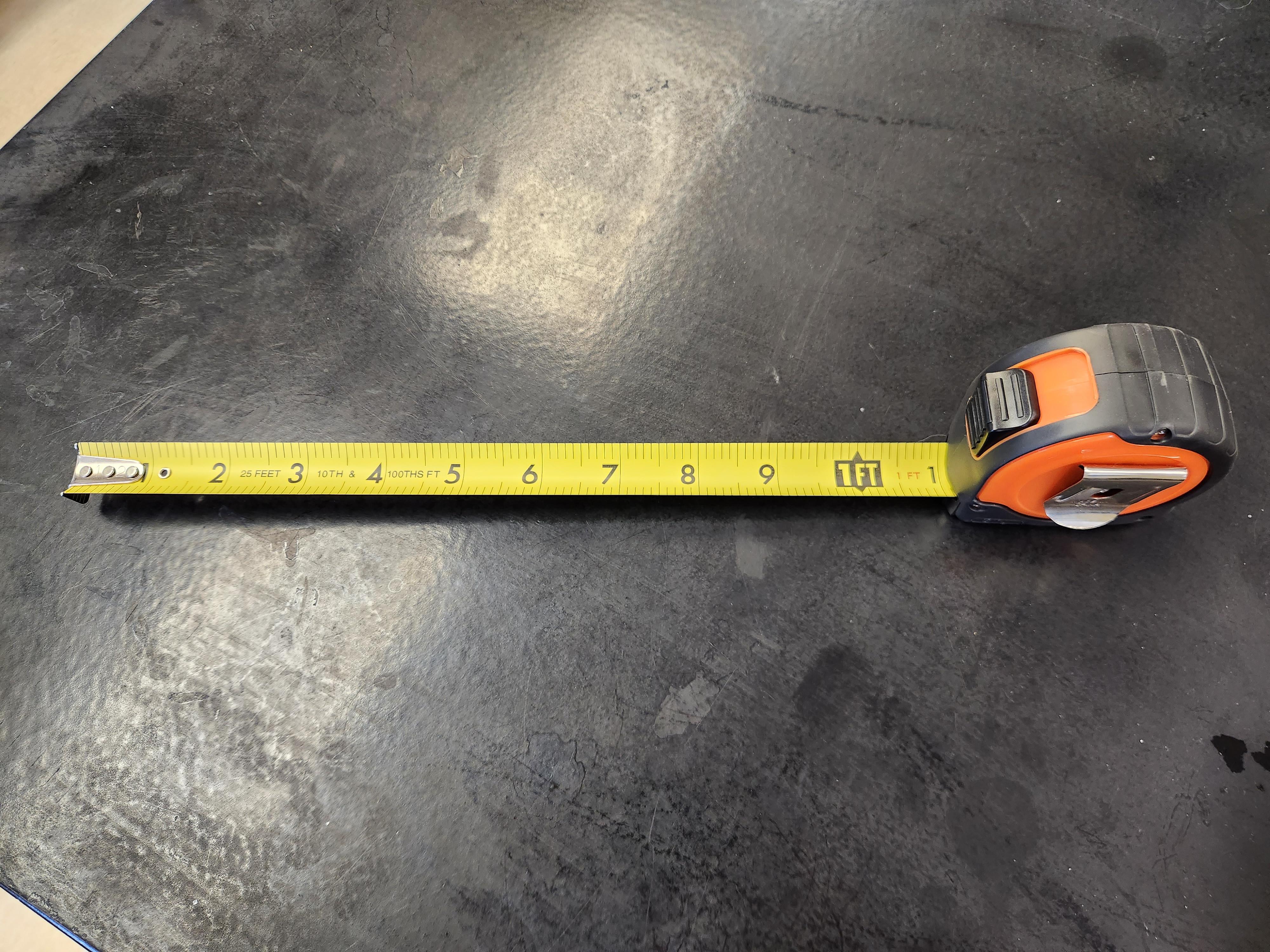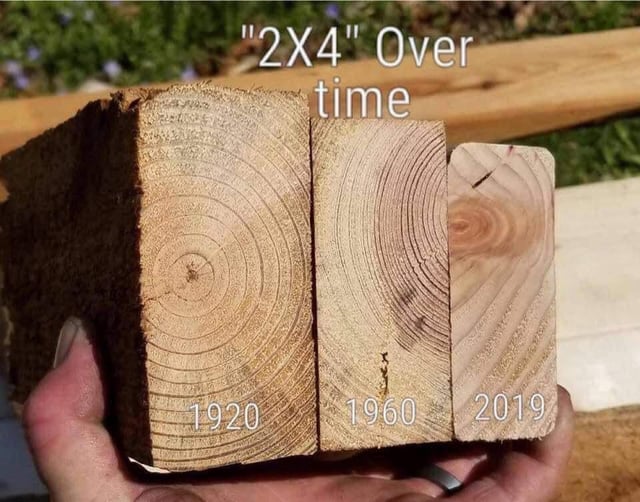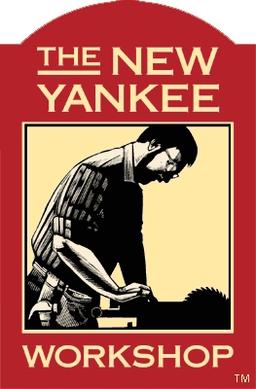I hope it’s not against the rules here, just saw this woodworking related xkcd that I enjoyed and thought it might be appreciated here:)
Twin Peaks on 2x4
Have you hard of our lord and savior, the metric system?

???
Even metric is under-sized on dressed timber 4x2" ~ 100x50mm => 90x45m dressed
Yeah, but then we just use the 90x45mm as a measurement…
Also if I remember correctly it’s sold as 89x44. 45mm was only used for I-joists
We have but Canada sells so much construction supplies to the US that we don’t use metric for it.
Wait 2×4s are not 2×4?? What is wrong with americans??
They were 2x4 before drying the wood (that’s what I heard)
You heard wrong. They use excuses like that, but truth is they can make the final size anything they want, for many years every different sawmill decided their own final size. You start by cutting wet wood to a size, you might or might not dry it, then you plane it down to an exact size. Some sawmills started by cutting to 2x4 and then planning different amounts off. Others cut bigger so when they planed it down they finished with 2x4. Everyone did something different and so if you bought a 2x4 you better pray that sawmill remains open for when you want to remodel and need more. Eventually enough people got sick of this and decided to make a standard, the current measurements are what was decided, it was arbitrary, but at least everyone follows the same standard so you can buy from different sawmills. Exactly 2x4 is also arbitrary.
Or they could have just decided that “arbitrary” factor to be 1.
But oh wellI wish they had, but at least there is a standard, which is far more important.
Not only drying, but sanding and straightening.
But in reality anymore they aren’t even cut to 2x4 initially.
The hardware stores seem to pre-twist the lumber for you.
Nah, it’s just they buy wet wood and it twists as it dries. Also, places like Lowe’s likes to stack a lot of wood vertically, so they get that nice bow in them for all those rocking chairs people want to build.
It doesn’t shrink by a half inch in each direction.
The board is rough sawn to 2x4, kiln dried, and then milled. That milling takes it down to 1.5x3.5 inches. Used to be, the carpenter bought rough boards and milled them himself, now they do it for you to save the weight when shipping.
Oh, also: 1 1/2 inches is 1/8th of a foot. 3/4" is 1/16th of a foot.
There have been a few sizing changes, old framing is 2x4, there was a phase when they were milled to 1 3/4 x 3 3/4 now down to 1 1/2 x 3 1/2…probably to get more boards from same tree.
I had an image showing these various eras somewhere…

Old framing was not 2x4. Some of it was, but everyone has their own size they sold as 2x4. You couldn’t mix and match.
I used to do home renos. Pre sixties era homes in southern Ontario had actual 2x4s. They were all same dimensions, and using modern stuff meant making up this difference with plywood rips.

I’ve seen houses like that too. I saw other houses not far away (build in 1885) where the 2x4’s matched modern dimensions. Still other houses I’ve seen the dimensions where something else. Anything since the standard the sizes are all the same.
This is about whatever was available where you happen to live at the time they built.
Most we demo’d and reno’d where sized equally and so drywall could go flush back over top, and pulling out a stud from a doorway you could reuse elsewhere to match.
There was only a few where it looked liked somebody had assembled their house from random scraps. Instead of full studs sometimes they were 3 vertical pieces nailed against 2 or 3 other pieces to make a Stud, and the dimensions were all over the map
The thing that gets me is you’ll buy a 2x4 and it’ll have pith and bark in the same gorram board!
Lol
Oh, also: 1 1/2 inches is 1/8th of a foot. 3/4" is 1/16th of a foot.
It’s not often that I’m surprised by some of the divisors that appear in US Customary or Imperial units, but I’m now shuddering to imagine what sort of horrific system of unit names have been built atop this fact of twos-powers fractions of a foot.
Knowing the English, they’ll likely have invented a name during the medieval time for 1/8th of a foot (1.5 inches), like dozebarleycorn, since a barleycorn is already 1/3 of an inch. And then 3/4" might be a demidoze, or some such insanity. The horror, the horror.
Or they’d pull a Worcestershire and pronounce “Inch and a half” as a “chunnauff.” Gotta get that unnecessary U in there somewheure.
2 weeks is a fortnight, so is 2 feet a fortinch?
I’m informed the British do read the time 6:30 as “half six”, a shortened form of “half past six”. So “inch an a half” might become “incuax”, pronounced as “in-cha” and containing the unnecessary U, and an X for that Norman/French faux lineage.
Naturally, Americans would instead pronounce it as “in-coh”, which would destroy any understanding when also speaking about Incoterms.
In Kentucky it’s a “tuba-fur”
In the Carolinas it’s a tew-bah-fower. It’s made of yella pahn, bout ate feet lawng, they got a whole mess of em down at the Lowe’s, most of em are sigogglin these days.
I’d say 14 inches is a fortinch duh

They shrink?
And expand 😘
Only when exposed to moisture.
They are until they’re planed to smooth them, at which point they are approx 1.5" x3.5"
Anything to fuck us out of our money and quality products a little bit harder.
The American way.
Just like 50x100’s are usually more like 40x90’s, or something even more insane - 39x86? Like I’m sorry, but the unit of measurement is NOT the problem, it’s the centuries old “traditions” and “standards” to normalize dimensional lumber that are the problem.
At any rate, one should look at the names of boards as the ratio of their dimensions and leave the inches and mm out of it and it starts to make more sense.
2x4 is the rough cut not the finished cut that is sold in the store. If you shopped at a proper lumber yard, you can usually get rough cut lumber if you want to finish it yourself.
you know what, fuck that name. how about you dicks call it something better?
The 1/4 lb burger doesnt have a 1/4 lb of cooked beef, either. Its a 1/4 lb of uncooked beef.
Sure but I don´t think anyone goes “well I have this project where I need to precision-fit a bunch of made-to-measure hamburgers together”
No one is precision-fitting framing studs, lol.
We’re talking construction boards here; these boards are going to be cut to within 1/16th and then butt jointed with two 16d nails.
With precision end trimmed studs, you’re probably not going to even touch them with a cutting tool, you’ll pull it off the pallet and nail it in place.
They are cut to within 1/8th inch at best, and 1/4 was more likely. I was in construction for a while and this is what we did. Wood is not suitable for higher tolerance work: humidity and temperature change dimensions significantly, if you want something more accurate you need to use metals.
The sawyer wants to be paid for how much tree it took to make that board. The woodworker wants to pay for how much wood is in that board. What does the lumber yard charge?
whatever they want to
And more for walnut.
Although I suspect this particular quirk of dimensional lumber stems from the British, the result is not too unexpected for modern-day America. After all, we (insanely) deal with sales tax the same way, where the advertised price is pre-tax, and consumers have to do math if they want to compute the final bill before reaching the checkstand.
So having to measure the lumber to acquire its actual dimensions is entire above-board [pun intended] for anything beyond putting together a wood-frame structure.
According to another commenter, 2x4 is the dimension of the rough-cut lumber. Traditionally, your carpenter would buy rough-cut, then mill it down himself and allow it to dry. Eventually we figured out that shipping already-finished lumber made more sense. So they sold “finished 2x4s”, ie, 2x4s as they are after the finishing process. And because the actual dimensions of the sold lumber matter more than the name of the lumber, this just remains as an artifact. It would be very annoying if suddenly every 2x4 sold in stores was actually 2"x4", since now you have to shave off a half inch of every board if you are replacing a stud. And calling a piece of lumber a “inch and a half by three and a half” would be onerous. So the dimensions stay the same, and the name stays the same. At the end of the day, it’s a thing that might trip you up once when you first get started in carpentry, and then you learn and it literally doesnt matter at all from a practical perspective.
Lee Valley used to sell a blank tape measure, for pure, real-valued metrical madness.
Basically a storey stick.
That’s the idea, but significantly more expensive than a scrap piece of 1x4.
Plus for actual accuracy I’d want to score it.
Can I get some dimensionless lumber?
Best I can do is interdimensional lumber
You get that at Bed Bath & Beyond in the Beyond section, right?
I think this also applies to dimensionless shapes. https://preview.redd.it/5zdt1ye5ej511.jpg?auto=webp&s=66da2867d8fdf7b5bb9fdf9c2f0d499188681719
Except that all of the board length measurements will not work out.
A nightmare if you’re following written measurements or working with other people, but as long as you use the same tape to measure how much you need and how much you have/are cutting, it should work out alright.
Unless you’re building anything with speced sizes . Oops I framed the walls too short.
That would be the following written measurements I mentioned.
Damn creative measuring.










